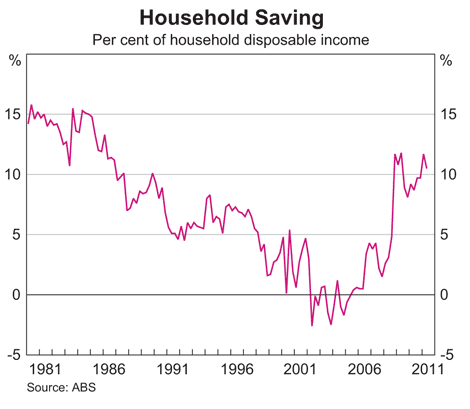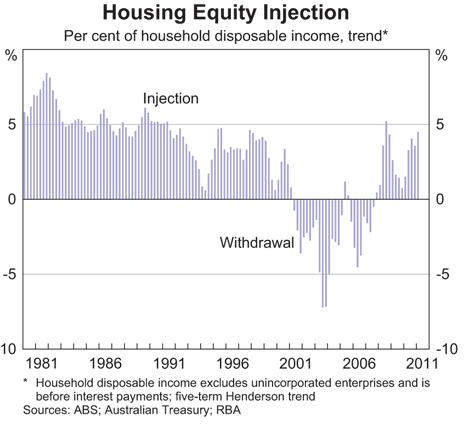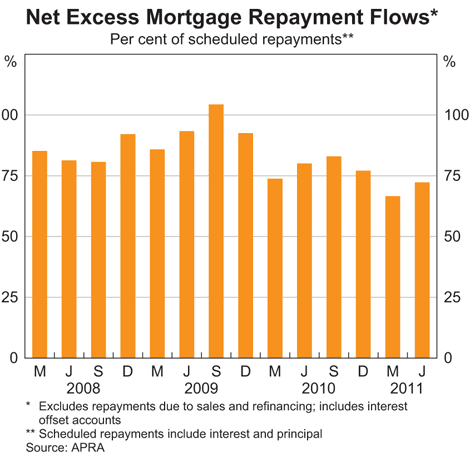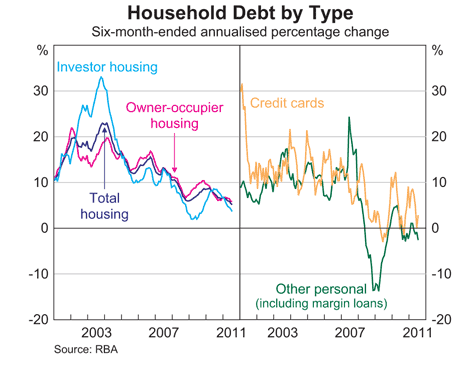Households saving like it's 1985
Household savings rates are at levels last seen in the mid-1980s as more borrowers look to pay off their mortgage debt sooner, the RBA says.
After trending up since the mid-2000s, the household saving rate rose further over the past year, reaching 10.5% of disposable income in the June 2011 quarter, according to the RBA’s latest Financial Stability Review.

Over this time, many borrowers have continued to make “substantial excess principal repayments, even as higher interest rates have raised required interest – and thus total – repayments”.

“The average excess repayment is currently equivalent to around three-quarters of the scheduled total (principal plus interest) repayment. Consistent with this tendency to pay debt ahead of schedule, surveys have shown that a high share of households consider repaying debt to be the wisest place for savings,” the RBA says.
“Households that make excess repayments on their home loans generally build up buffers that they can draw down in the future if required. This should be regarded as a positive development for the resilience of the sector.”

The RBA noted a substantial slowdown in the pace of household credit growth declining 4.5% in annualised terms over the six months to July.
Annualised growth in housing credit eased from 6.7% over the six months to January 2011 to 5.2% over the six months to July 2011.
Growth rates of both owner-occupier and investor housing debt have moderated so far this year. The flow of new borrowing has also moderated, with the value of monthly housing loan approvals.
The RBA says recent surveys suggest the uptick in mortgage refinancing since early 2011 reflects households switching to cheaper loans – amid increased competition in the mortgage market – and consolidating debt, rather than taking out larger loans.
As debt accumulation has slowed in recent years, the rate of housing equity injection has increased.
Besides making excess mortgage repayments, net repayments on credit cards have picked up in recent months.

